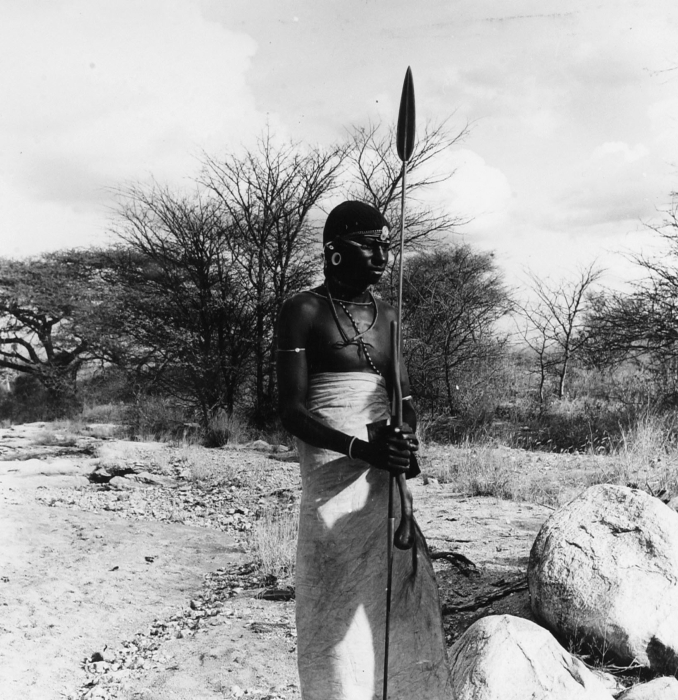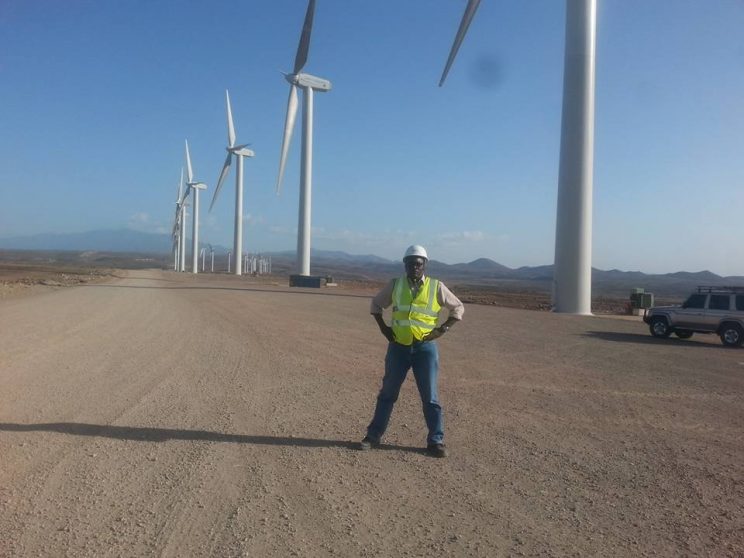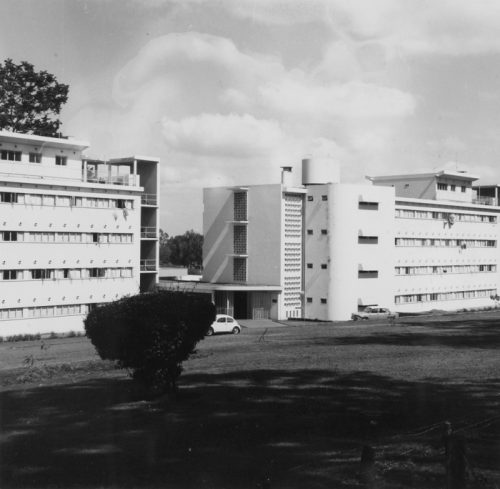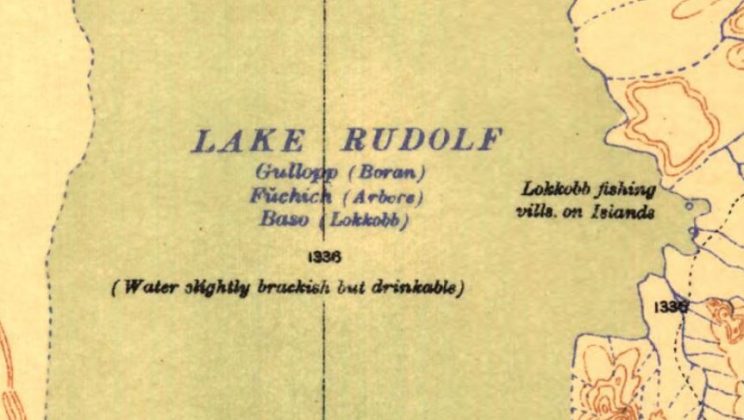
In 1973-4, David and Judith MacDougall’s filmed the documentary Lorang’s Way in the north of Kenya. It is a fascinating reality-tv-like piece on life in Turkana in the days when the president of Kenya was Jomo Kenyatta.
The film follows a Turkana man called Lorang as he generously shares with the viewers, his life, including his wives and children, his friends, his successes and failures and his dreams for the future.
One, however, cannot ignore how harsh the environment is in Lorang’s Way. The documentary begins with shots of ferocious winds in this arid part of Kenya. The film-makers run with the wind for almost a minute of play-time and as the wind blows, we are treated to a Turkana man leading other men in uttering the following words – probably a poem – maybe a prayer:
May the wind leave this river
May it leave
May it blow away
May the trees remain
And children
And women
May they be forever!
Lorang’s Way is available for purchase at the here.
In Marsabit county of north Kenya, About 12km east of Lake Turkana, on the south-east border of the lake, there is a special valley where a wind farm is being built. The valley lies between Mount Kulal and Mount Nyiru. This terrain creates a funnel effect, accelerating wind streams.
These fast winds are part of the jet stream known as the Turkana Channel jet which was first scientifically studied and reported by J H Kinuthia and G C Asnani in 1982. In their work, based on observations in 1979 and 1980, they reported that wind speeds of 180km/h and higher occur in Marsabit county.
In 2014, a Danish company called Vestas announced that it had signed a contract to supply, install, and commission 365 wind turbines and had secured a 15-year service agreement for the wind farm in Marsabit county. This wind farm is officially known as the Lake Turkana Wind Power project (LTWP).
In 2015, the president of Kenya, Uhuru Kenyatta, started off the LTWP and posted pictures on twitter.
I laid the foundation stone during the ground breaking ceremony of Lake Turkana Wind Power project in Marsabit County pic.twitter.com/Zei7c8fVja
— Uhuru Kenyatta (@UKenyatta) July 2, 2015
According to a report published by the Danish research center Danwatch, LTWP, in 2016, was a consortium of seven entities and their shareholdings are shown as a percentage below:
- Aldwych International, a UK company that has the The Pan African Infrastructure Development Fund, among other institutions, as some of its investors (30.75%)
- KP&P Africa B.V., a Dutch company that conceived the LTWP project back in 2006 (25.25%)
- Vestas Eastern Africa Limited, a subsidiary wholly owned by Vestas, a Danish company – the biggest wind turbine maker in the world (12.8%)
- The Finnish Fund for Industrial Cooperation Ltd (12.5%)
- The Norwegian entity, KLP Norfund Investments AS, formed by the Norwegian government’s investment fund for developing countries and the Norwegian private life insurance company KLP (12.5%)
- The Danish government’s Investment Fund for Developing Countries (6.25%)
- Sandpiper (0.25%)
Vestas has also reported that on completion of the LTWP, Google will buy Vestas’ 12.5% stake.

In 2016, the first wind turbine in the 674 million US dollar LTWP was installed. On completion, the project will provide 310 MW to Kenya’s national grid. At the time of writing this piece, LTWP is the largest ever wind power project in terms of the number of wind turbines being installed by Vestas.
LTWP, like all big projects, are not without controversies. (See my post on Gibe III dam. Also, see my post here, where I discuss how UNESCO is encouraging due consideration of the heritage of the north of Kenya, particularly in relation to LTWP and Gibe III).
Initially, the LTWP had been allocated by the Government of Kenya 150,000 acres in Loiyangalani District, Marsabit County. However, a High Court judge of Kenya reduced the concession area to 87,500 acres.
The local communities of Marsabit county have been fighting in Kenyan courts to have the LTWP halted as they claim that they were not consulted when the Government of Kenya allocated their land to LTWP. The courts have, so far, declined to stop the project.
Danwatch reported that the World Bank declined to finance the project indicating that the arrangement made between the Kenyan government body, Kenya Power & Lighting Company Ltd (KPLC) and LTWP would eventually make the cost of electricity too expensive for Kenyans. The power will be bought at a fixed price by KPLC over a 20-year period.
The Kenyan government would argue that LTWP is of strategic importance, supplying much needed energy for the growing economy. The government of Kenya is also investing in a 428 km, 400-kilovolt power-line linking LTWP to the national electricity power grid. It is being built by the state-run Kenya Transmission Company (KETRACO) with funding from both the government and a concessional loan from Spain.
While the government seeks to provide energy for its people and the local communities seek redress in courts, Miriam Makeba’s song ‘West Wind’ from the 1966 album ‘The magnificent Miriam Makeba’ seems highly appropriate. She hauntingly pleads for a future where the resources don’t breed discord as she says:
West wind with your splendour
Take my brothers by the hand
Sunshine spread your glory
Unify this promised land
Unify this promised land
‘West Wind’ can be heard here:

